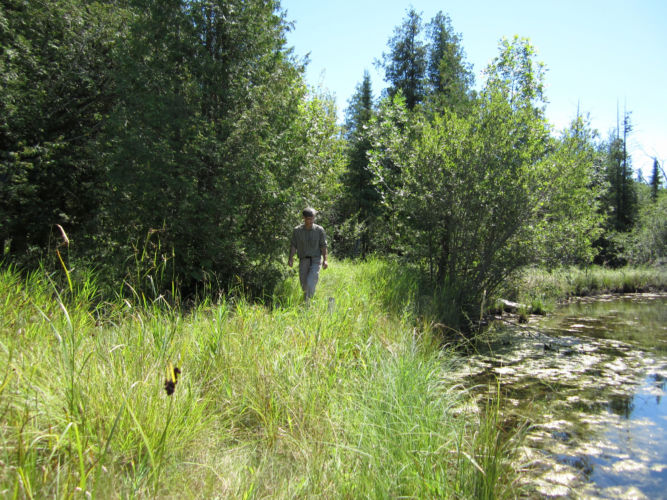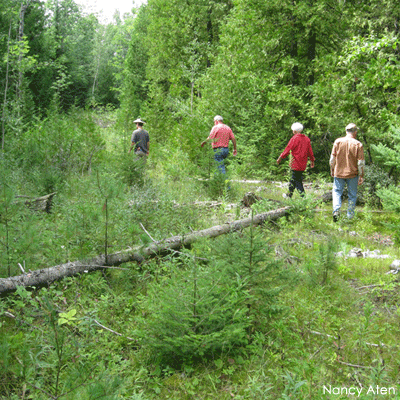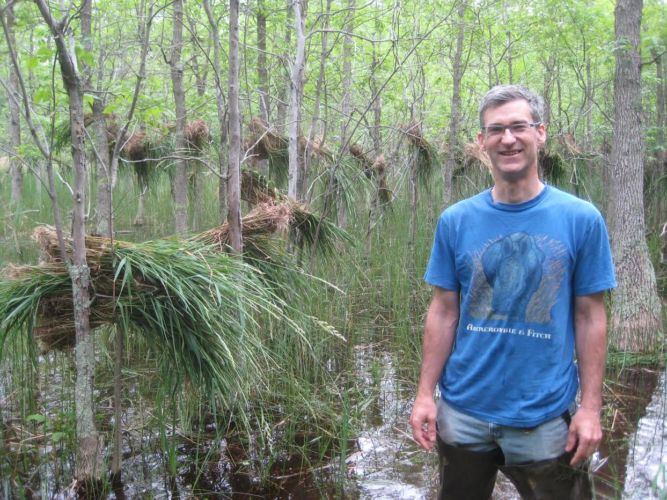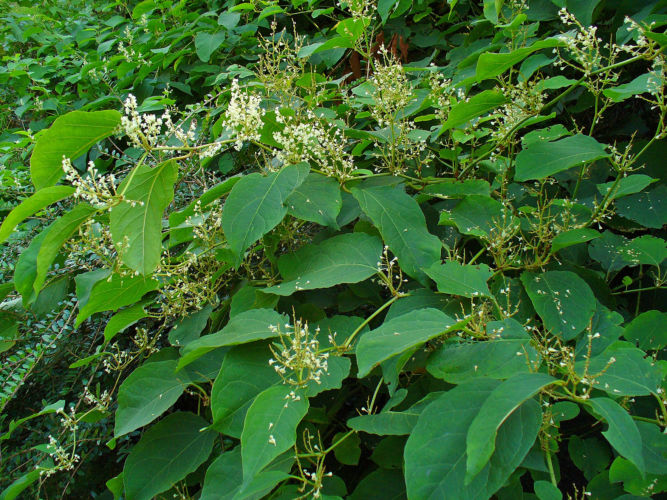Be realistic
Set attainable management goals and strategies. Complete eradication may only be attainable for plants that are new to the area, very low in abundance, or only in a few small locations. You may have to revisit your strategy every year since seeds in the soil will keep germinating and birds, deer, and water will continue to bring seed in from elsewhere. Monitoring and following through after doing any control work is critical to learning from your mistakes and understanding what is needed to get species contained. There may be locations on your property that are low priority or highly infested but can’t be addressed until other areas are under control. Unless you have unlimited time or funds, you most likely will not keep all invasives out of your property, so determine your priority species and areas to control while learning to live with others.
Document and learn from what you do
Keep records as to when you burned, cut, or sprayed. Record what herbicides you used and in what formulation. Each year, note when different species emerge, flower, or develop mature seed each year in order to determine the best timing for future controls. Communicate and work with your neighbors; if you have a particular problem plant, they probably do as well. If you control your buckthorn but there are large infestations nearby, you will be battling it for years to come. After removing the invasives, restoring native plants is a crucial step to preventing the invasives’ return.
And most importantly: hang in there. Any invasive species management work is a multi-year effort. Bite off the chunks that are reasonable to do each year. Learn as you go, and don’t burn yourself out. Look beyond the buckthorn and take time to appreciate the beauty of your land.
Photo by Nancy Aten
Read the first installment on prioritizing work against invasive species in your wetland.
Learn how understanding the invasive plants on your property can help you control them.




